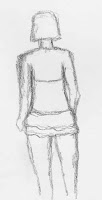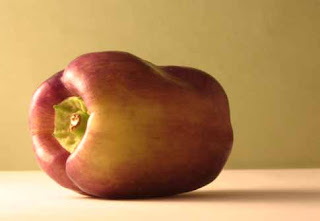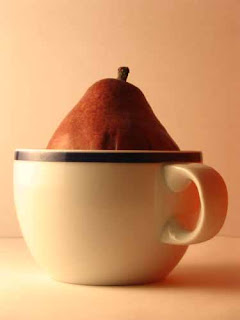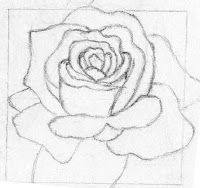I was having a discussion with my husband about different jobs that he thinks would be interesting. I have to tell you that I envy him a bit. There are at least 5 different careers that he thinks would work for him. For myself I can only think of one – artist.
There are some benefits to knowing what I want to do. In fact, before I figured out that I wanted to be an artist, I was stressed because I couldn’t think of a career that I was passionate about. I’m thankful to be through that phase!
The downside of knowing what I want to do is the knowledge that being a successful artist is HARD. It requires the obvious creativity and technical skills (drawing, painting, etc.) but also requires skills necessary to run your own business. An artist who is just starting out must wear many hats – artist, salesperson, accountant, purchaser, marketer, PR rep. Being a successful artist requires dedication, persistence, a clear vision, hard work and lots of time. I’m not sure if I know any artist who hasn’t wondered once or twice whether they are cut out for the job.
In Robert Genn’s newsletter from July 24th, he comments on being an “artist for life” and gives some ideas that he thinks will increase a persons odds for success. His newsletter got me thinking.
I’ve thought a lot about why I want to be an artist. I mentioned my main motives in my first post on this blog and recently I expanded my own understanding of this desire.
I do not have a good memory for events and experiential things. One improvement I am trying to make in my life is to live in the moment, appreciate the blessings found in that moment and somehow commit it all to memory. There are many things in my life that I don’t remember clearly. Most of my memories have to do with how I was feeling during an event instead of exactly what happened, who was there or what things looked like.
Should my self improvement plan not work, I have a plan B. That plan is to use my art to record things as they are happening and capture the feeling and the details all at once. For example, someday I want to travel to Italy, visit the museums, taste true Italian food, travel around the countryside, meet and befriend locals, drink in the scenery, experience all of the good things Italy has to offer. I want to capture it all, all of the experiences and sights and feelings. Then I want to pour it all out into sketches and paintings and drawings so I never have to worry about forgetting anything. Through my art I can share my experiences with people who have had similar experiences, or who wish to have them but for some reason can not.
Thinking of this goal makes me feel excited. Thinking of living this goal makes me feel happy. It makes me itch to get back to my drawing table, to improve my skills, to make progress. These feelings are just what I need to transition out of vacation mode and back into being productive.
My husband recently pointed out to me that I have been creating art and pursuing my dream of becoming a successful artist for longer than I was an engineer, longer than I have been a mother, longer than I have taken dance lessons as a hobby, and almost as long as I spent in school. Maybe I am a “lifer” after all.






 And we all know it is meant to be a tree. It has all the important tree parts - a trunk, branches, the leaf canopy. It’s a tree! Except I’ve never seen a tree that looks exactly like this. In fact I’ve noticed that every tree looks different, even trees of the same species. As a child I learned to draw roses like this...
And we all know it is meant to be a tree. It has all the important tree parts - a trunk, branches, the leaf canopy. It’s a tree! Except I’ve never seen a tree that looks exactly like this. In fact I’ve noticed that every tree looks different, even trees of the same species. As a child I learned to draw roses like this... I thought I was pretty clever. But this is what a rose actually looks like…
I thought I was pretty clever. But this is what a rose actually looks like… 

